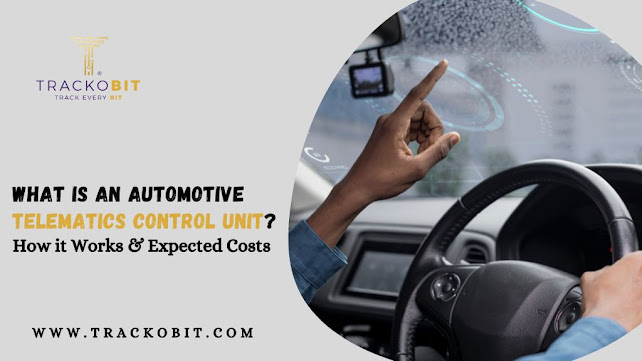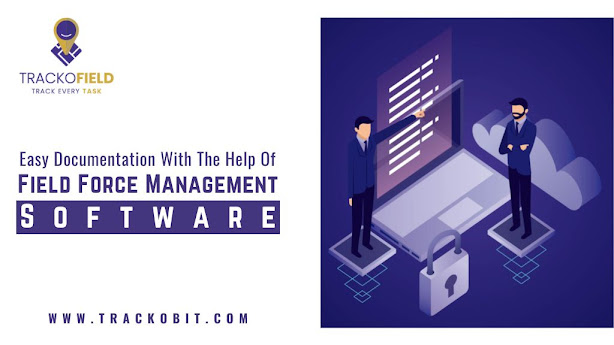What is an Automotive Telematics Control Unit? How it Works & Expected Costs
Telematics solutions are a much-needed breakthrough for the fleet management industry that provides operators valuable insights about their vehicle's performance, driver’s behaviour, and operational efficiency.
So, how telematics works in the fleet?
Telematics in the fleet works by collecting data from assets(vehicle) mainly related to asset usage, driving behavior, fuel consumption, and diagnostics. All the process is managed by TCU. Automotive Telematics Control Unit (TCU) is an important component of telematics that integrates hardware, software, and IOT technologies.
Let’s find out in detail what is a Telematics Control Unit and how it is purposeful in fleet management operations.
What is a Telematics Control Unit? Unfolding Basics!
The Telematics Control Unit (TCU) is the central communication hub that is installed in any operable vehicle to get precise tracking in real time. Adding on, consider it as an electronic device that acquires, processes, and transmits real-time data about driving behaviour, locational insights, vehicle diagnostics, and much more.
The TCU acts as a bridge to transmit data between the vehicle's internal systems and the external fleet management system (or telematics platform).
How Telematics Control Units for Fleets Work? Let’s Find Out!
The Telematics control unit works in the following 5 sequential steps:
Data Collection
The TCU is embedded with interfaces & sensors that collect crucial data from the vehicle's onboard systems. It collects data like fuel consumption, engine performance, maximum speed, braking events, and much more.
Data Processing & Storage
The TCU has a microprocessor that starts processing the captured data in real-time. It applies various calculations and algorithms to help transform unstructured data. Before transmission, this processed data stays in the TCU's memory for a short while.
Read Also: Top Ways To Improve Worksite Productivity With Telematics Solutions
Seamless Data Transmission
Further, the TCU with the use of multiple communication channels transfers the data to the fleet management system or telematics platform. It connects to satellites, cellular networks, or any wireless communication technologies for forming a secure & safe connection. The best thing about TCU is, it serves seamless data transmission even in remote areas or places where network conditions are poor.
GPS Integration for Real-Time Vehicle Tracking
The TCU then further incorporates a GPS receiver, which helps in identifying the vehicle’s exact location. This device gets continuous signals from GPS satellites to know a vehicle's location by calculating latitude, longitude, and altitude data. This GPS data also includes the vehicle's speed and direction for more accurate tracking.
Monitoring & Reporting of Vehicle & Driver Behavior
TCU helps in monitoring and analyzing driver behaviour with its sensors & algorithms. It fetches data related to harsh braking, speeding (if any) and acceleration patterns throughout the journey, and also the idling time of the vehicle.
This information is transmitted to the fleet management system to analyze drivers’ performance and coach them for better productivity.
Is it costly to own an Automotive Telematics Control?
The cost of owning advanced telematics software depends on the type of fleet management solution preferred. Going for basic GPS monitoring through a map can appear low price but won't deliver useful and action-oriented information.
Donning the GPS with an advanced and well-integrated telematics system can be on the higher price side but will offer a considerably more ROI. Moreover, it will provide access to a range of technologies/features like:
Video Telematics
Smart Route Planning
Driving Behaviour Analysis
Enhanced fleet visibility helps in assessing progress toward KPIs. In the long run, GPS fleet tracking can help find out hidden expenses while offering opportunities for increased productivity and efficiency. In the end, all the expenditure will be worth it.
Benefits of Integrating Telematics Software into Your Fleet
With telematics solutions, fleet operators can collect real-time telemetry data from the vehicle, like its speed, current location, engine data, etc. which helps in precise tracking for improved vehicle visibility.
Accurate Vehicle Tracking
With TCU's GPS integration, it gets easy to have precise real-time tracking of vehicle speed, location, and route. With this substantial information, fleet managers can optimize routes, monitor progress and plan for allocating better inputs.
Proactive Maintenance Management
With the collected vehicle diagnostics data through TCU, operators get to know about maintenance issues before they escalate. With this diagnostic report, operators can schedule timely repairs, reduce downtime, and add to the lifespan of the vehicle fleet.
Enhanced Driver Safety
The TCU offers detailed driver behaviour monitoring capabilities to look into unsafe driving practices. Fleet managers can use this data to facilitate better driver training programs to promote safe driving experiences.
Data-Driven Decision Making
Real-time data transmitted through TCU helps operators make informed decisions. By analyzing vehicle performance, fuel efficiency, and driver behaviour through collected data, they can optimize operations and save money.
Seamless Integration with Fleet Management Systems
The TCU can integrate well with any fleet management systems used for dispatching, routing, or asset management. This integration facilitates efficient data sharing and streamlined workflow and removes the hassles of manual data entry & processing.
To Sum Up!
The automotive Telematics Control Unit (TCU) is crucial for uplifting fleet management practices & capabilities. Through data gathering, processing, and reporting, TCU helps with accurate vehicle tracking, ensures enhanced driver safety, and helps make data-driven decisions at a quick turnaround.
Businesses on the go must go for advanced Telematics Control Units for fleets to optimize their operations, reduce costs, and elevate overall fleet management capacities a hundredfold.



Comments
Post a Comment